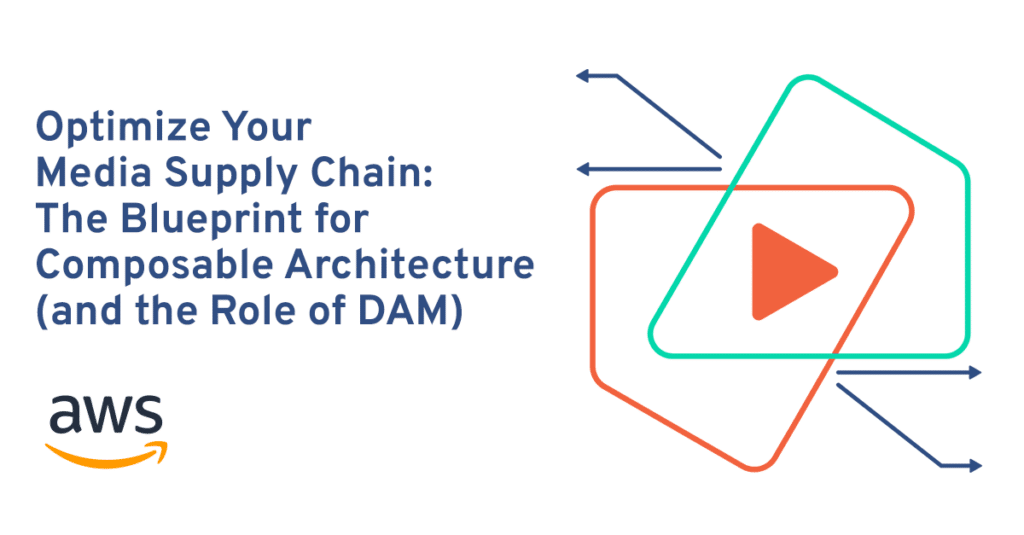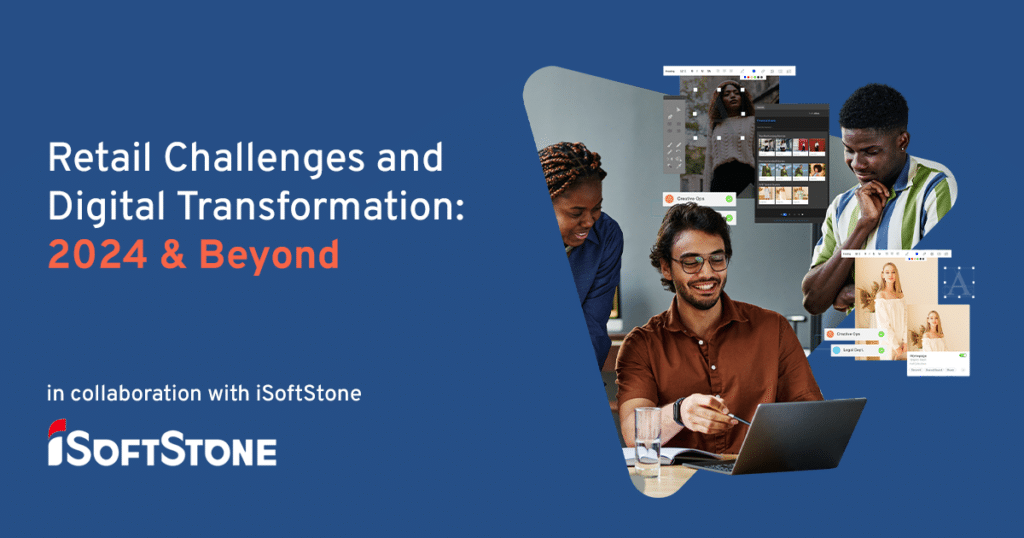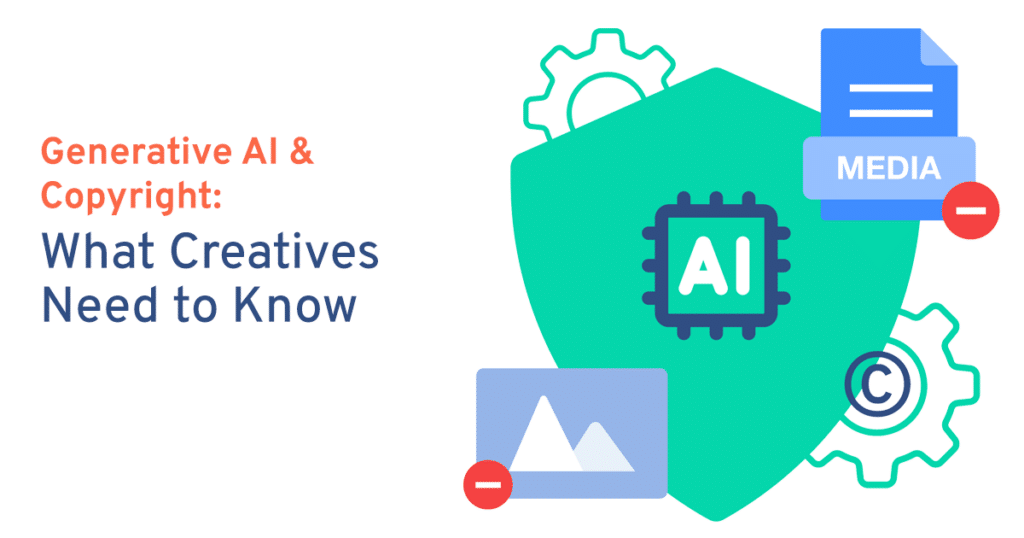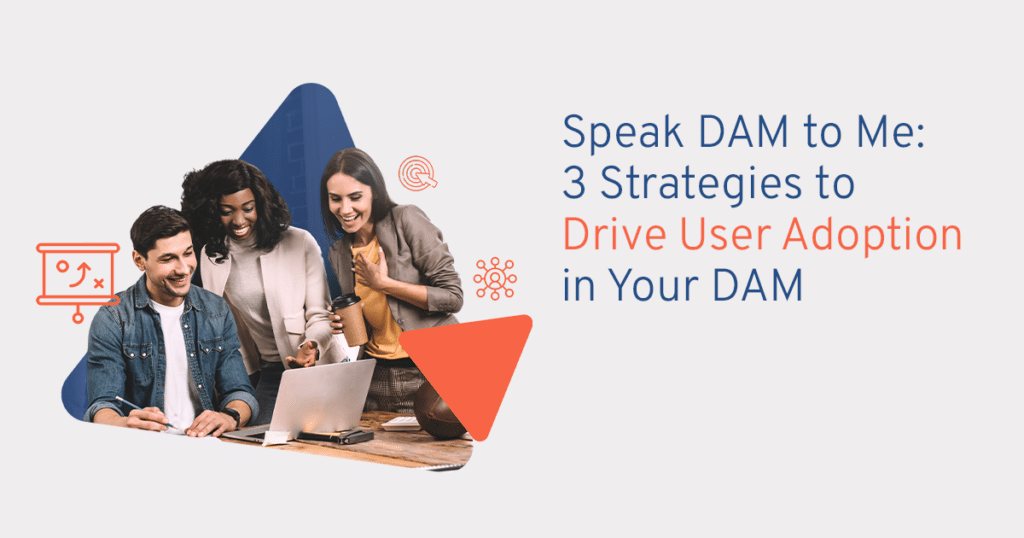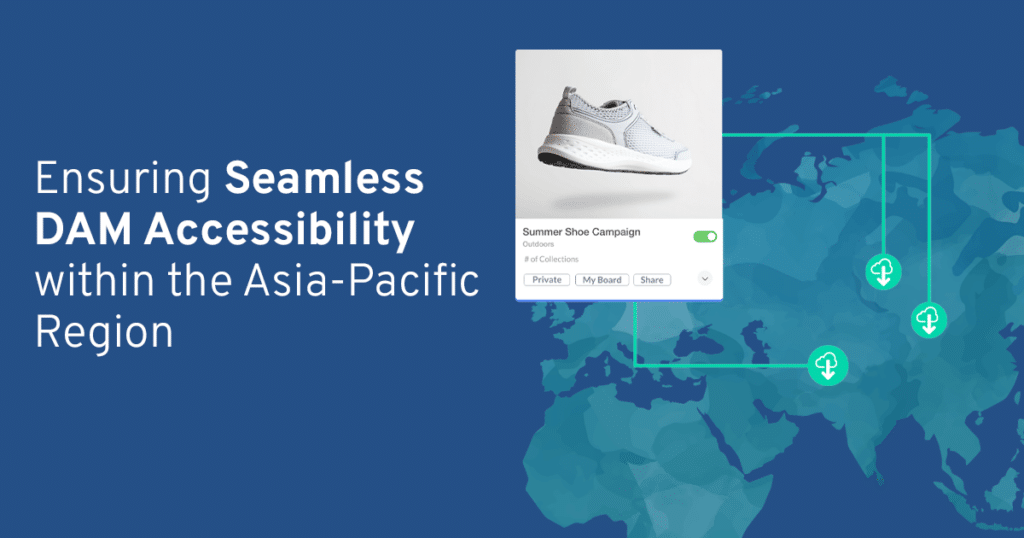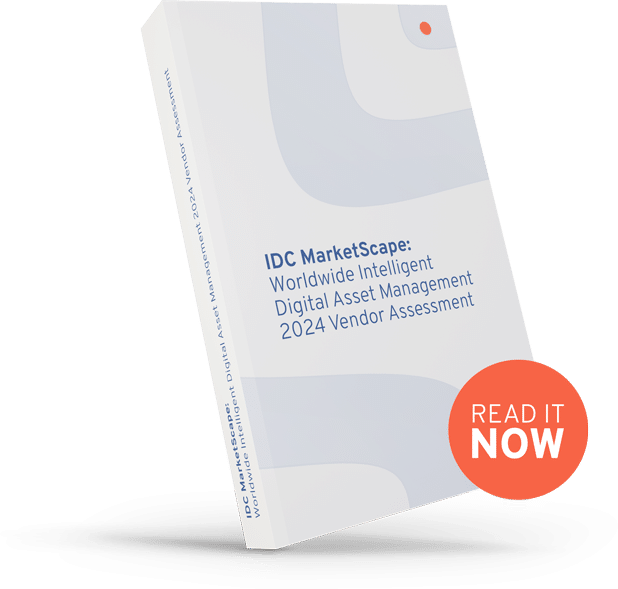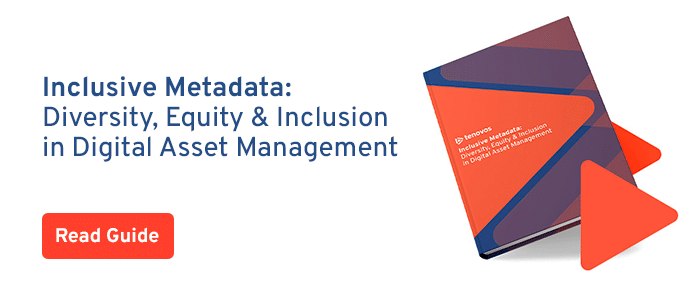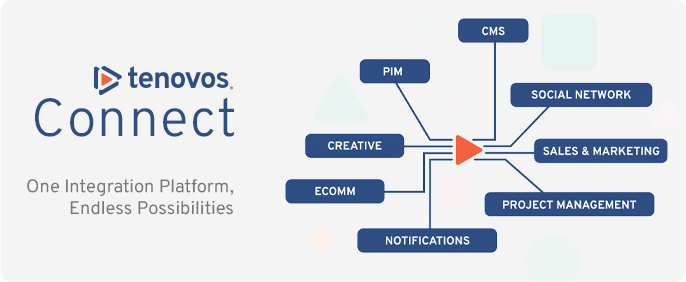Digital rights management, also known as DRM, can be defined as the processes, systems, and technologies businesses employ to control access to their digital assets and content.
DRM is essential for protecting valuable brand assets across industries – but it could go without saying that DRM is of the utmost importance for businesses in the financial services sector.
In highly regulated industries like banking, investing, insurance, and financial analysis it is important that your creative and marketing teams have comprehensive visibility into the authorized usage rights and guidelines for assets, to ensure their appropriate use. Beyond this, teams also need to be able to securely share content with vendors, partners and customers.
The more customers, partners, licenses, and co-branding or promotional agreements that your business has (which may all involve varying licensing agreements year-over-year), the more complexity there is to maintaining visibility into rights and usage terms for your content.
The good news?
Digital rights management (DRM) can be simplified through automation.
Let’s get into it.
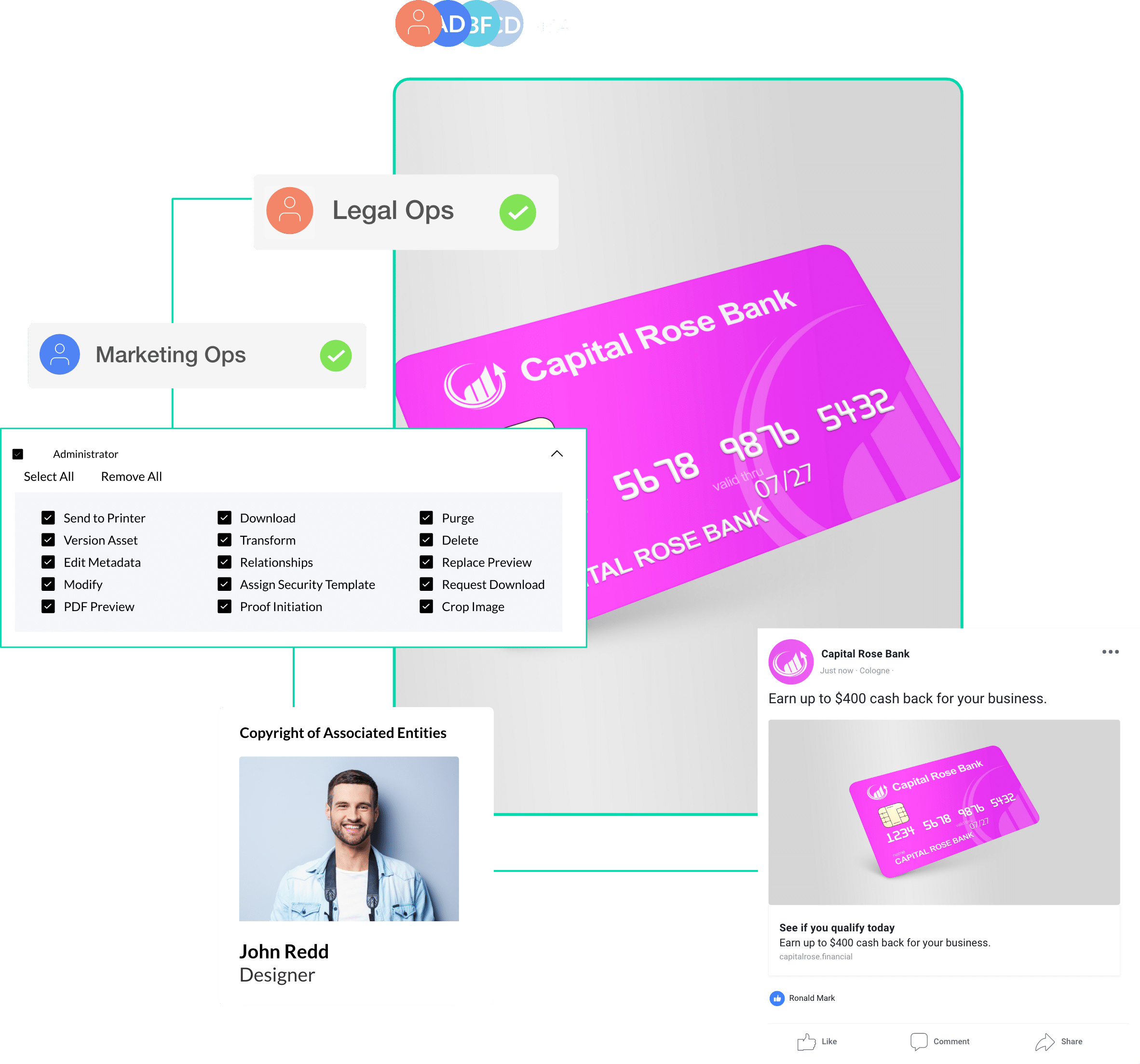
Why do Financial Services Businesses need Digital Rights Management?
Digital assets within a DAM can vary from video files and images, to finalized marketing content, to partner logos and agreements. Notably, these assets have licensing agreements that stipulate how they can be used and distributed.
Creative and marketing teams should be able to quickly find the assets they require in the DAM, so that they can efficiently create, update and distribute content.
However, creative teams often have to search for assets manually – and the licensces that go along with those assets may not be directly attached to the asset in the DAM.
That’s a problem. Why?
If the licensing agreement is not attached to the asset, this hinders productivity and slows down the creative process, as your team will have to take time to search for the correct licensing agreement.
Another risk is that if your team cannot quickly locate the agreement, there is no confidence to use that asset at all, and the costs which were incurred creating or purchasing the asset are wasted.
Further, there is no guarantee that your team is aware that a licensing agreement exists, or that they have visibility into the asset’s specific usage terms. This creates the risk that an asset may be used incorrectly or inappropriately, which could result in a range of consequences for your business – reputational damage, compromising your customer or partner relationships, or costly legal action.
For example, if your team were working on a co-branded project and someone were to accidentally create and distribute an asset featuring an outdated logo for a social media campaign, this could damage your relationship with that partner, as you could be liable for misrepresenting them with an outdated, potentially offensive, etc. version of their logo. Your team would need to move very quickly to ensure all copies of this file were taken down.
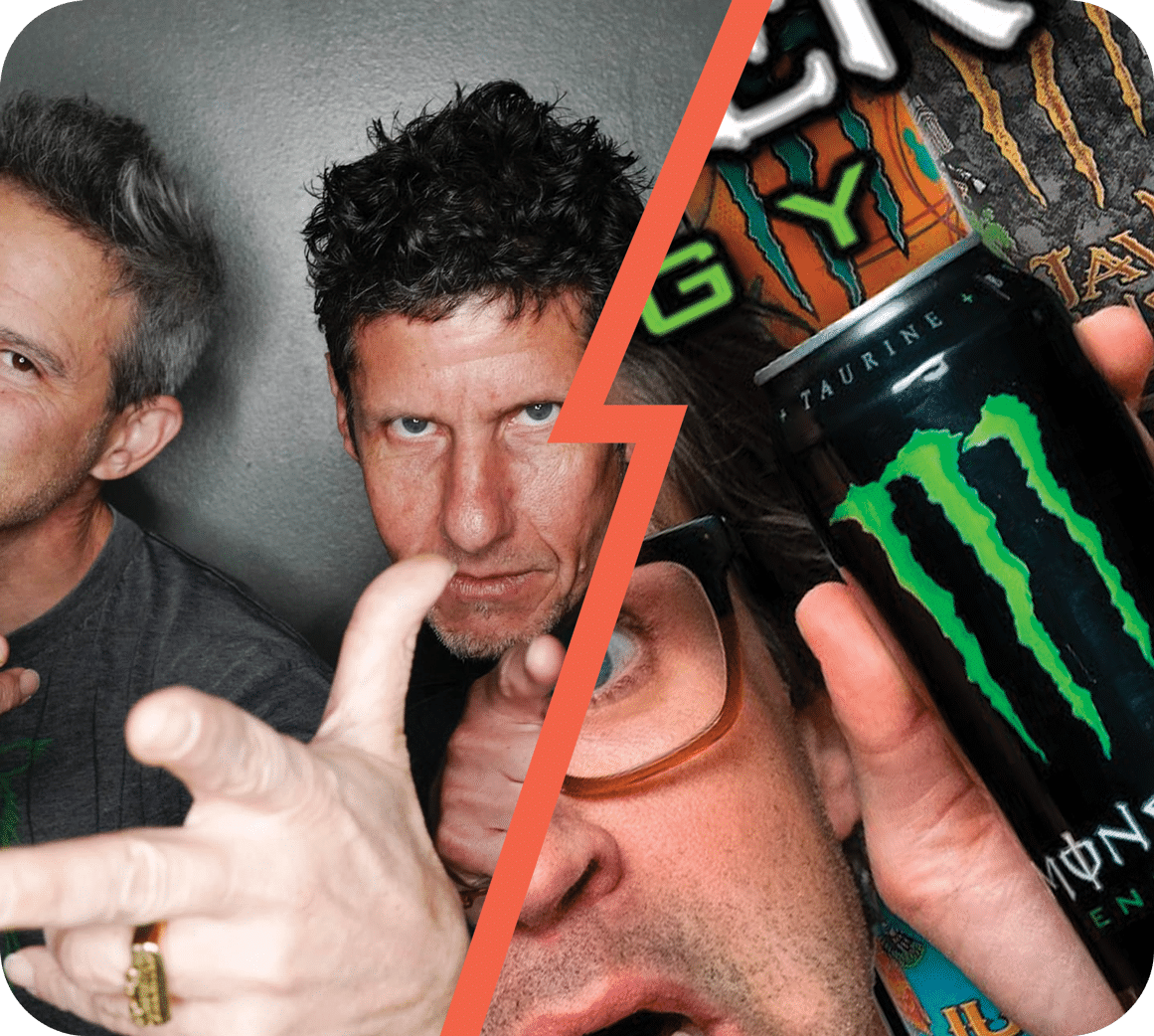
Another costly situation could be if your team used a music sample or a video clip of talent for a promotional video that you did not have the rights to use for that specific case. You could be forced to pay up – companies have been sued $1.7 million in damages in similar suits. The truth is, with so much room for human error, things are bound to slip through the cracks.
To reduce these risks, companies will implement laborious, manual procedures and reviews to uphold digital rights. However, these lengthy processes also cause delays in the creative workflow. They also fail to effectively address the visibility challenges that creatives encounter concerning licensing agreements when they are collecting and distributing the assets.
Now, does this imply that businesses should allocate hefty budgets to implement a new DRM system and improve their content access control? Or is there a more effective alternative worth considering?
The Alternative to a DRM System: Getting Digital Rights Management Into Your DAM
The alternative to implementing a separate DRM system is to integrate digital rights management directly into your DAM, streamlining rights management and asset control within a unified solution.
Digital rights management processes within the DAM may involve taking a proactive approach to safeguarding content and assets, such as restricting content to a certain link – similar to how video game or television streaming DRMs restrict access to content based on parental permissions and other settings. Different configurations can block users from specific activities surrounding content to prevent mishaps with content that should have never been used in the first place. For example, a digital watermark with their username can be applied to unlicensed content that is downloaded by a team member so they will know that they cannot use the asset in its original form – and if they do, it won’t take long to figure out who it was.
License agreements within the DAM also function as a type of DRM, as they legally safeguard the use of digital assets. It’s worth emphasizing that even if you have obtained rights to an asset and gained access through the licensor’s proactive DRM system, it’s still essential to comply with the terms specified in the license agreement.
Digital rights management should be a component of the creative process from the start.
It shouldn’t be an afterthought. That’s why you need a DAM with inherent functionalities for digital rights management built-in, so that DRM processes can be addressed within the creative workflow.

